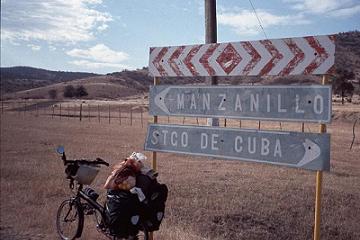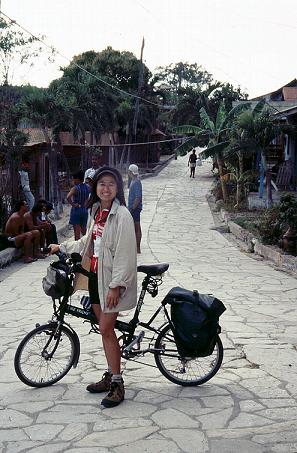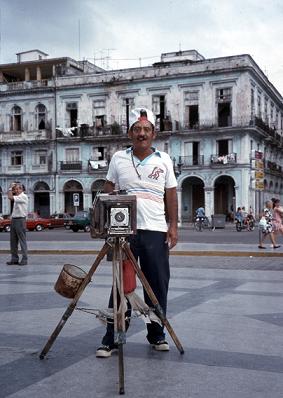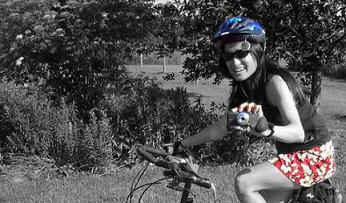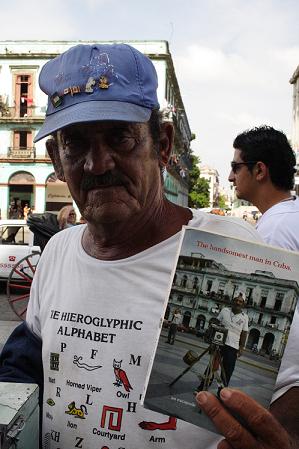
All photos courtesy of Lynette Chiang
I “met” Lynette Chiang after snagging The Handsomest Man in Cuba from a New York Public Library bookshelf.
I approach narratives about travels in Cuba with one part interest, one part dread. So many of them sound alike– careful notations of the author’s observations about old cars, rum, music, and the famed congeniality of Cubans. And somehow, almost all of them fail to capture the ineffable moments and experiences that make Cuba Cuba.
